Locally Grown, Quality Corn
Our Milling Products
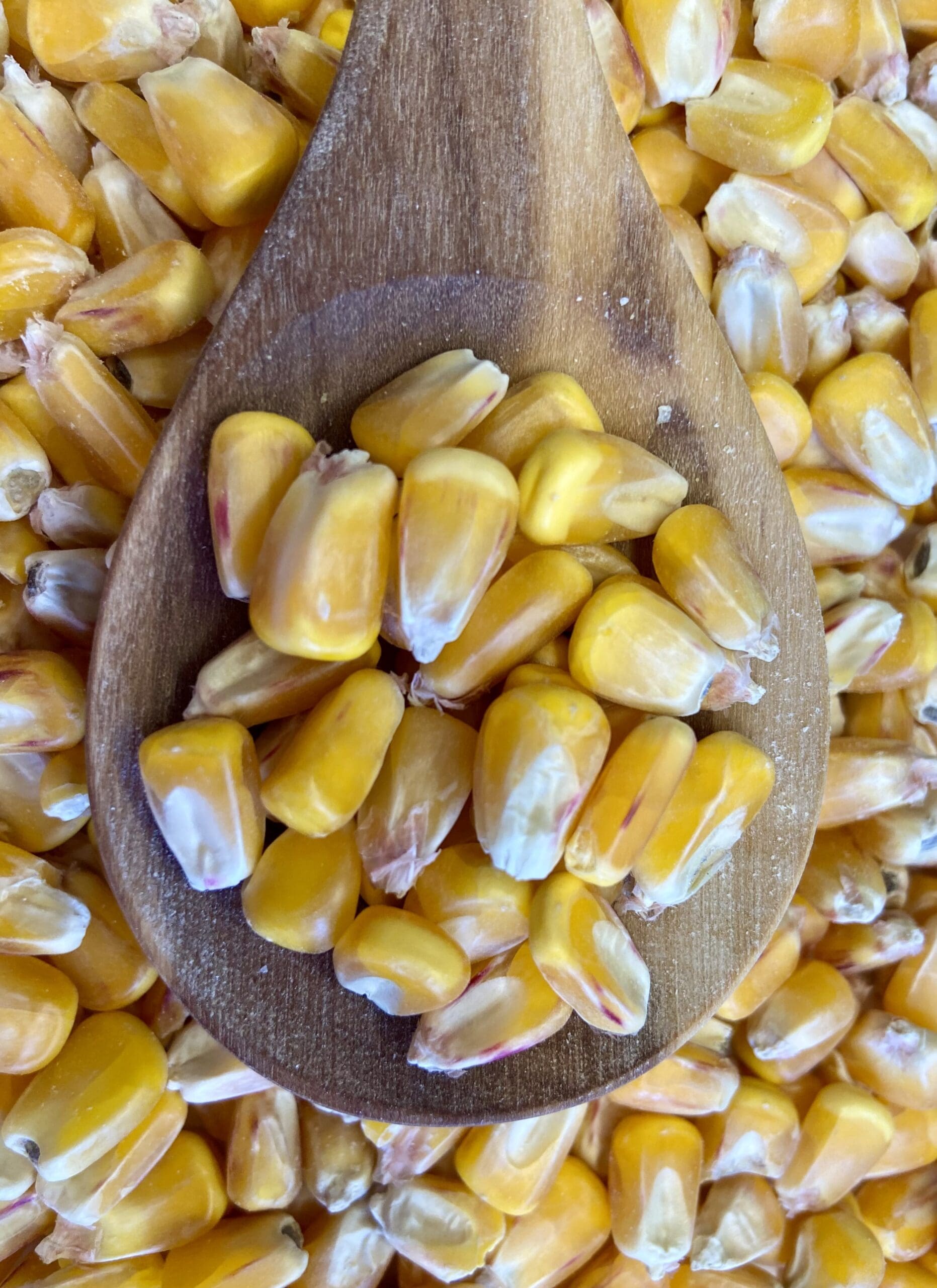
Yellow Whole Corn
Millstone Mills’ whole corn is used to make many different items. Our unique blend of time-tested methods and cutting-edge technology ensures top-notch quality and flavor. From grits and flours to meals and specialty whole grains, we offer a variety of options.
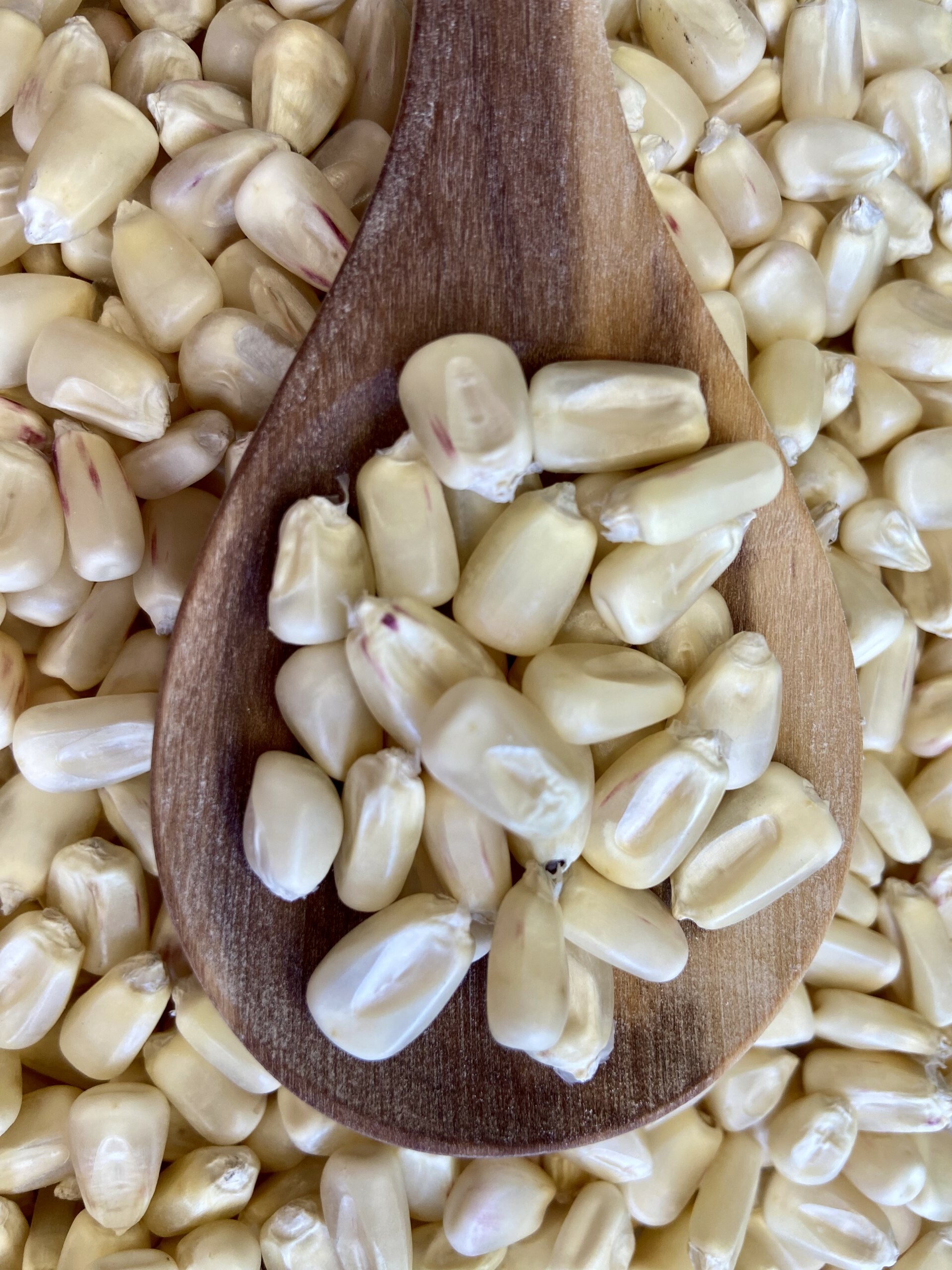
White Whole Corn
Millstone Mills’ whole corn is used to make many different items. Our unique blend of time-tested methods and cutting-edge technology ensures top-notch quality and flavor. From grits and flours to meals and specialty whole grains, we offer a variety of options.

Yellow Grits
Grits are made from a less sweet, starchy variety of corn, such as dent corn. The corn goes through a type of processing that soaks the dried grains which removes the hard hull; the resulting grain is referred to as hominy.
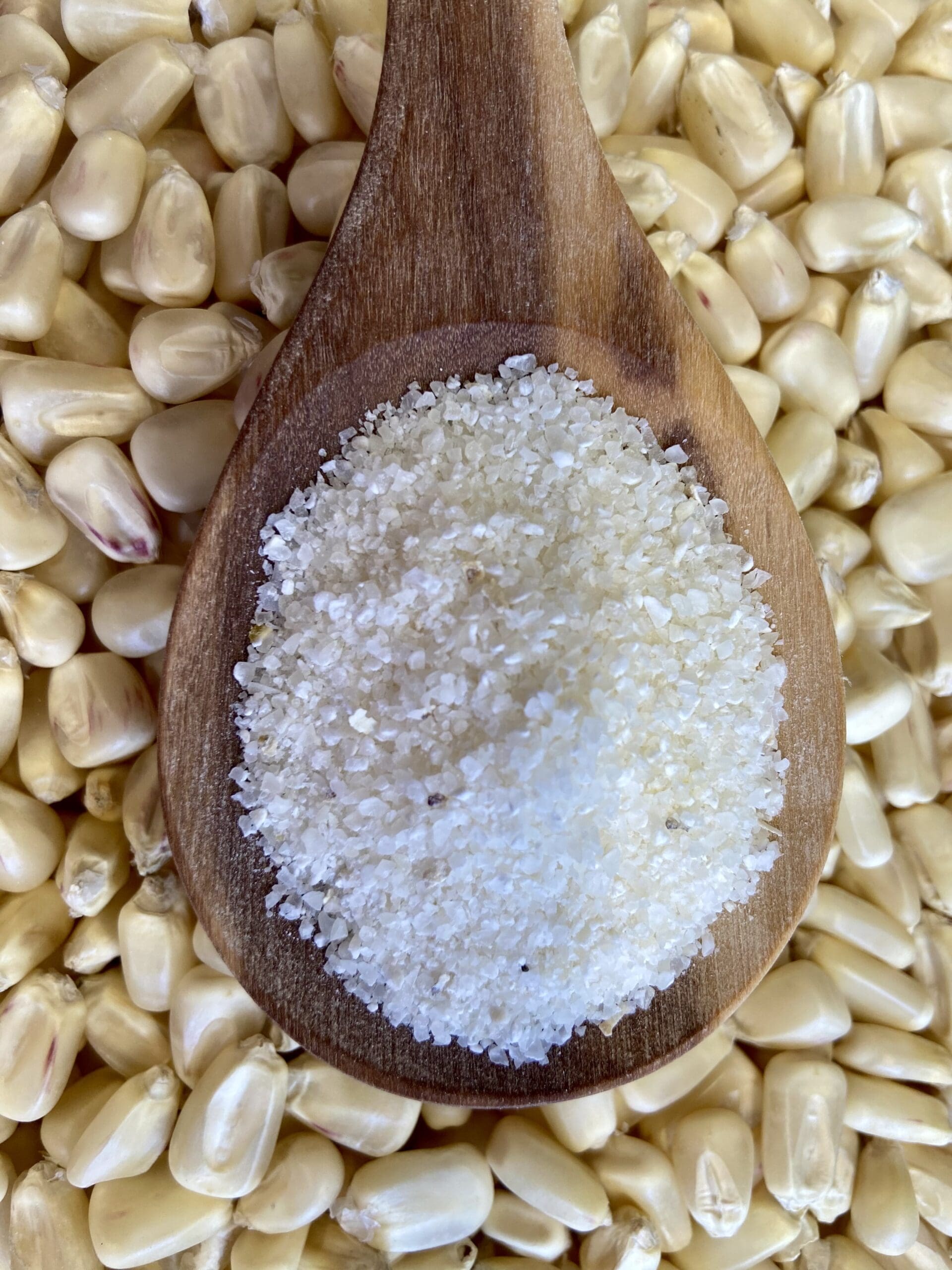
White Grits
Grits are made from a less sweet, starchy variety of corn, such as dent corn. The corn goes through a type of processing that soaks the dried grains which removes the hard hull; the resulting grain is referred to as hominy.
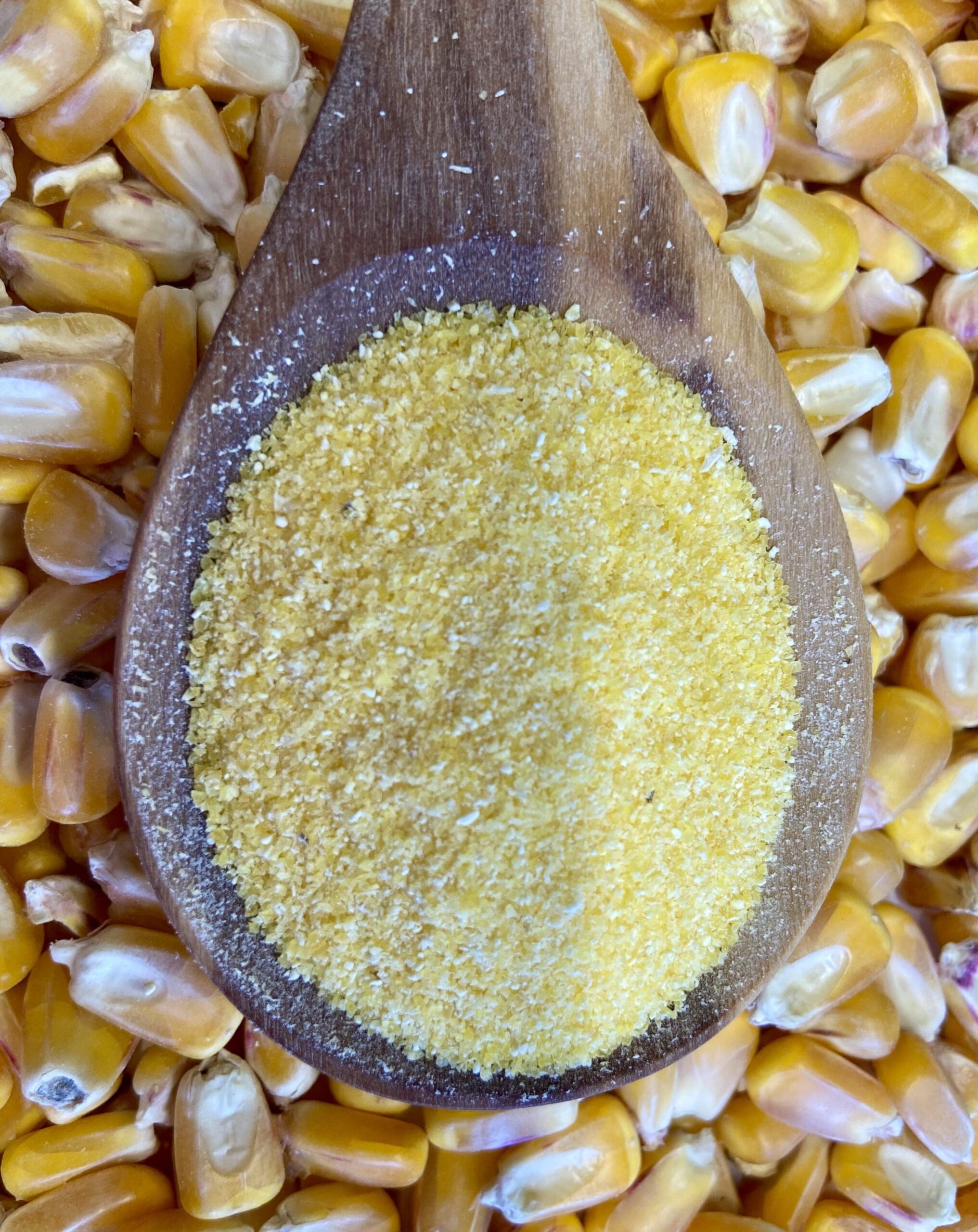
Yellow Meal
Cornmeal is coarse flour (or meal) made of ground yellow corn ranging in texture from fine to coarse grounds. Most yellow cornmeal is made from dent corn, which has a high starch content and a prominent corny texture.
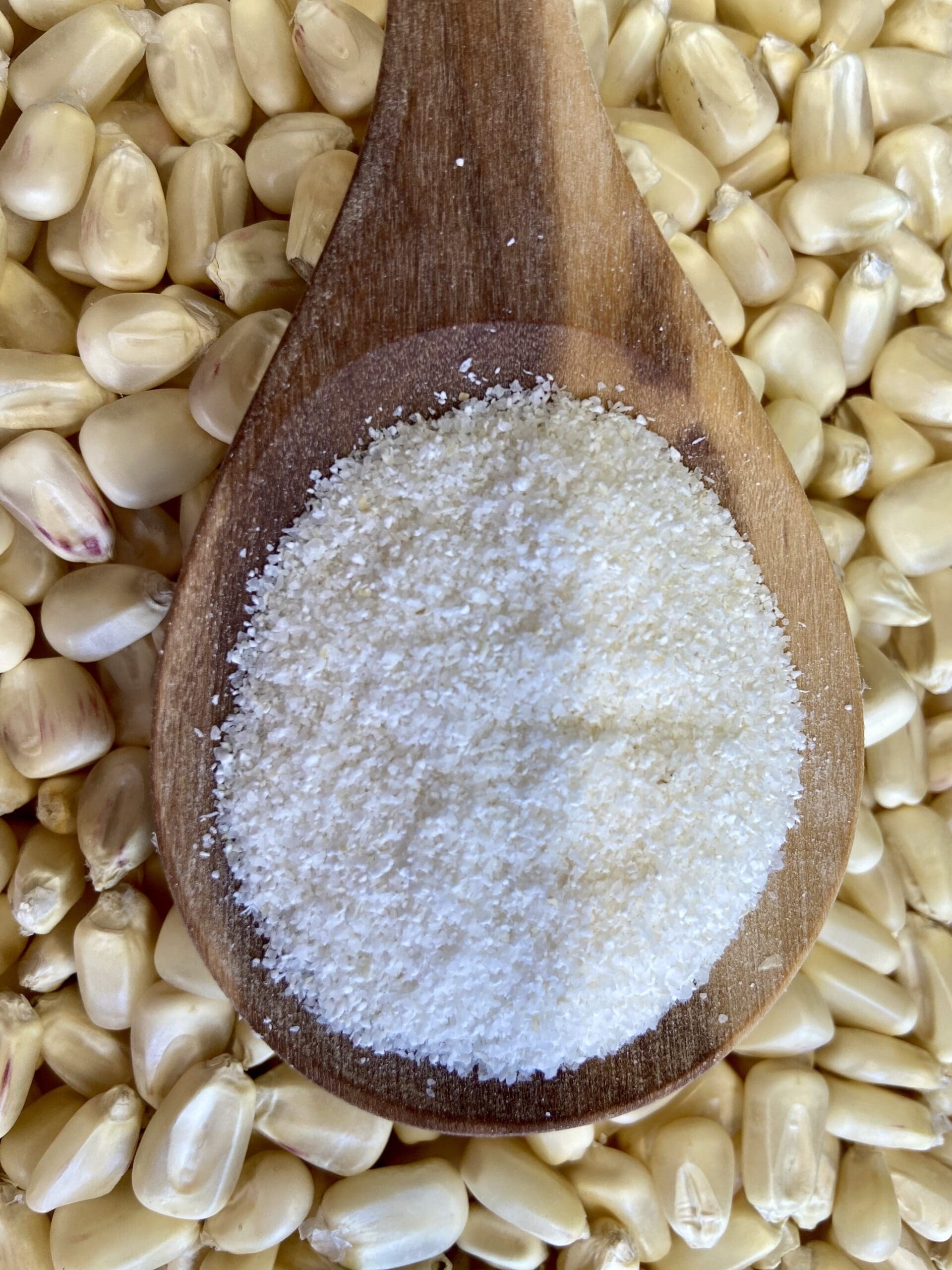
White Meal
Cornmeal is coarse flour (or meal) made of ground yellow corn ranging in texture from fine to coarse grounds. Most yellow cornmeal is made from dent corn, which has a high starch content and a prominent corny texture.
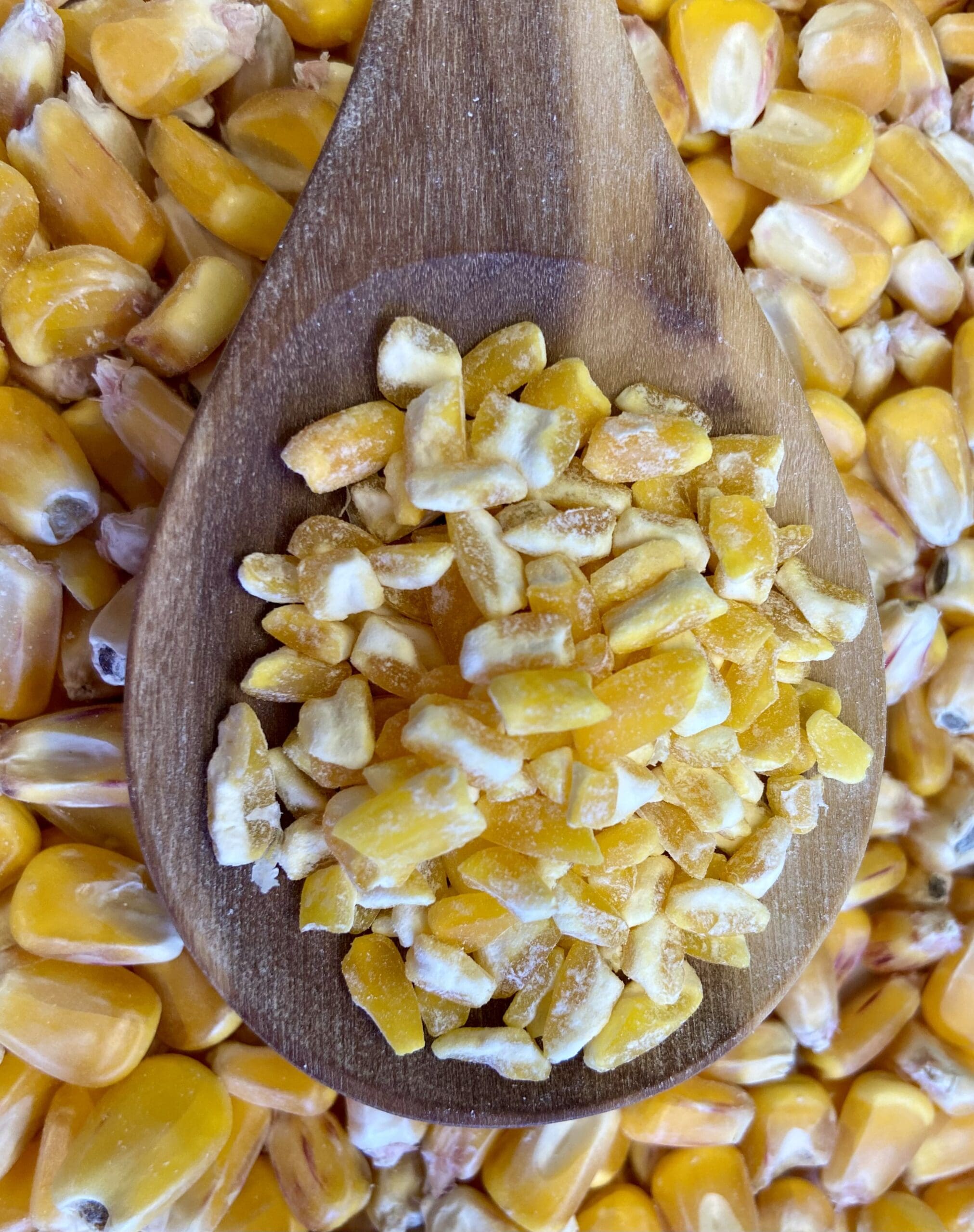
Yellow Flaking
Flaking grits are corn grain fragments used for various applications.
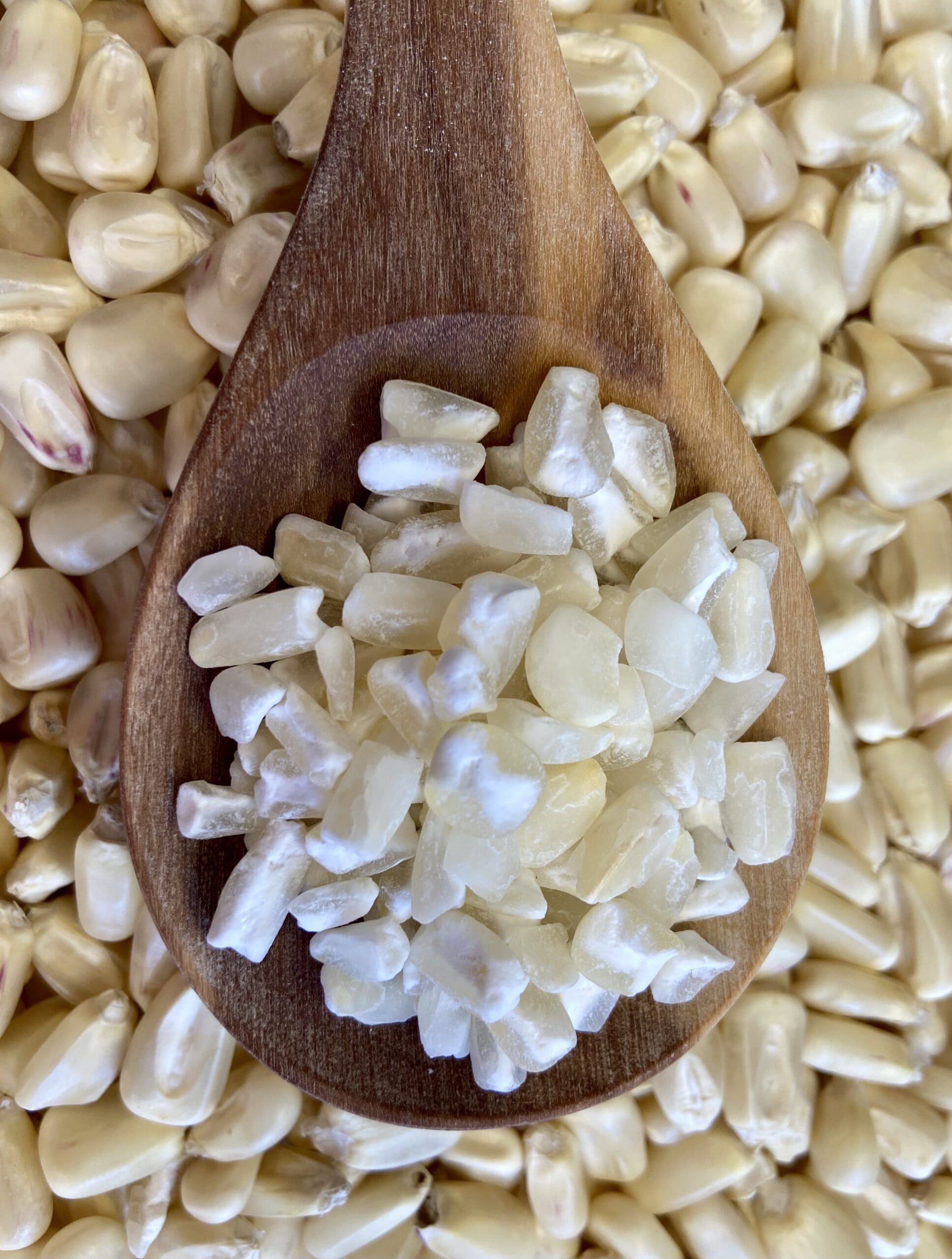
White Flaking
Flaking grits are corn grain fragments used for various applications.
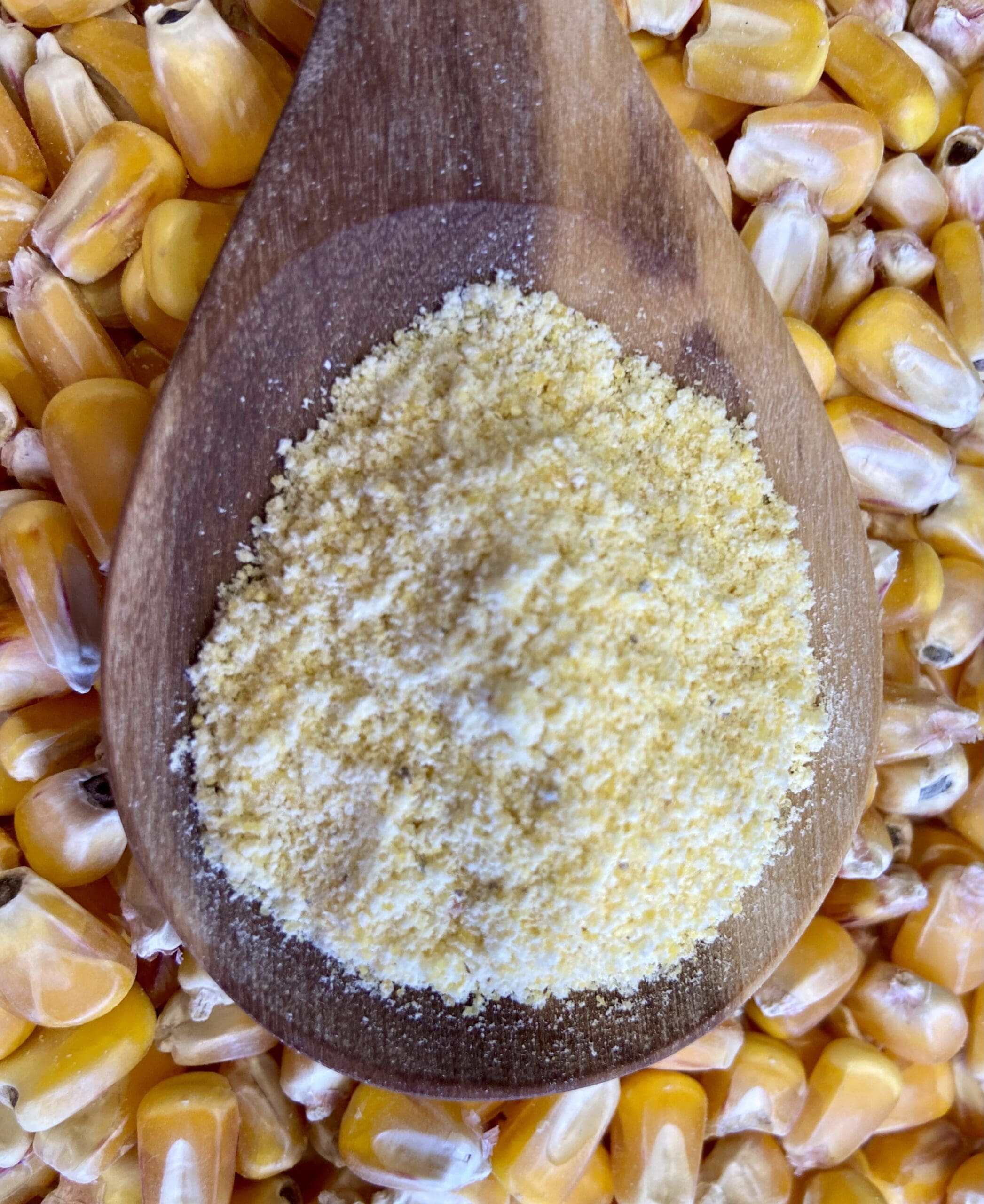
Yellow Flour
Corn flour is a type of flour milled from dried whole corn kernels. It’s considered a whole grain flour because it contains the corn’s hull, germ, and endosperm. Corn flour is usually yellow, but it can also be white or blue, depending on the variety of the corn used. The texture is fine and smooth, similar to whole wheat flour.
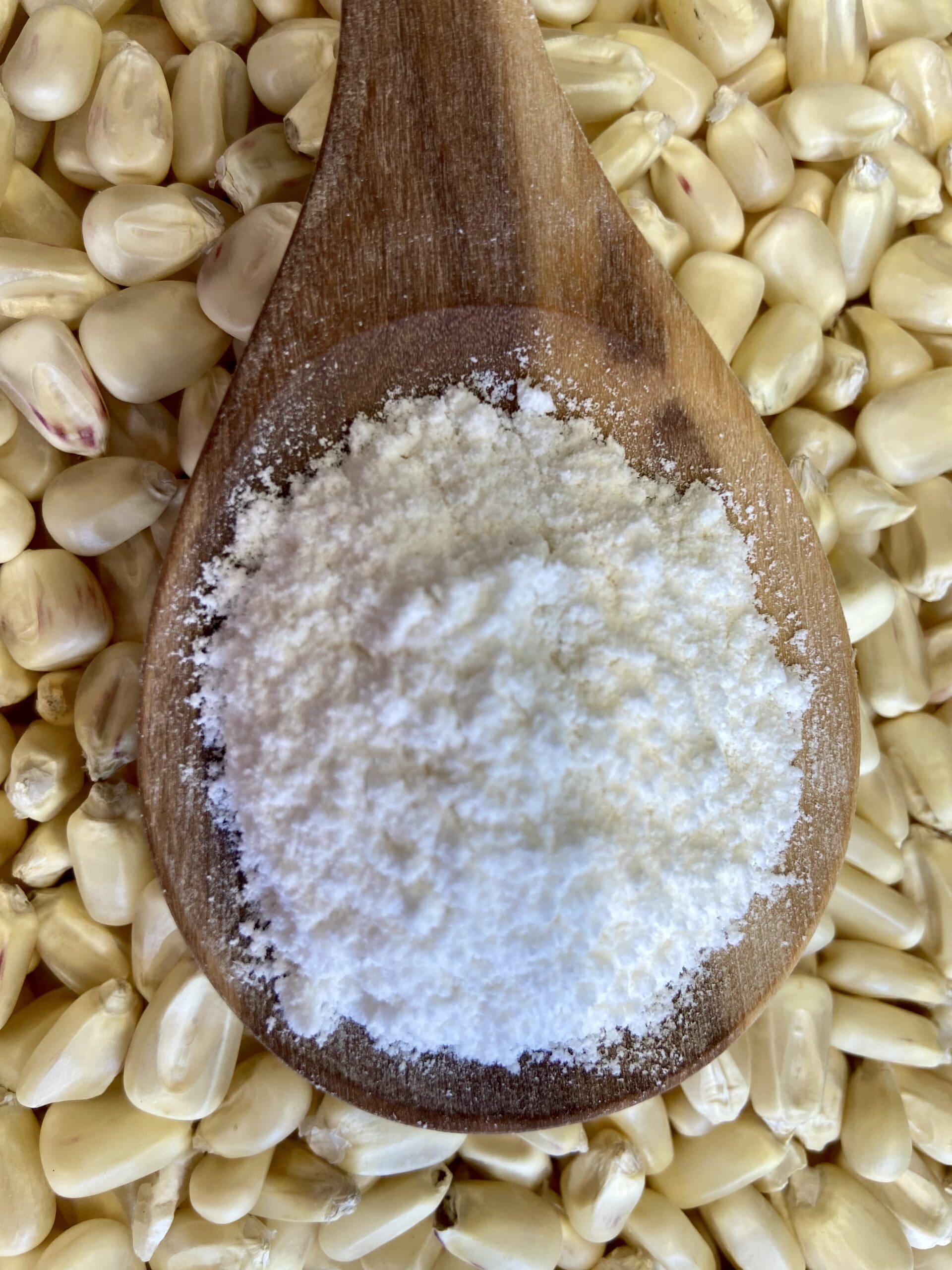
White Flour
Corn flour is a type of flour milled from dried whole corn kernels. It’s considered a whole grain flour because it contains the corn’s hull, germ, and endosperm. Corn flour is usually yellow, but it can also be white or blue, depending on the variety of the corn used. The texture is fine and smooth, similar to whole wheat flour.
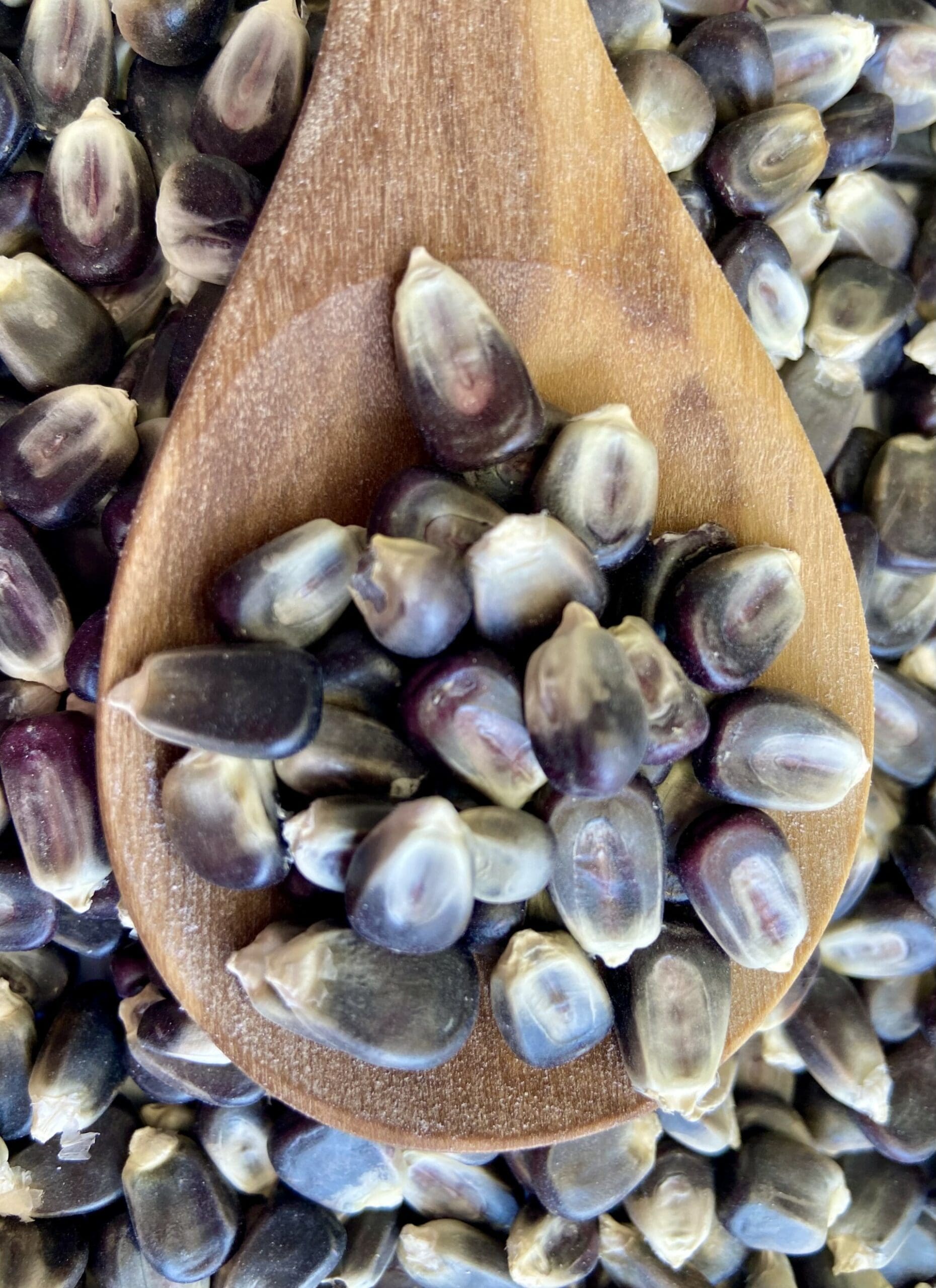
Whole Blue Corn, Non-GMO
Millstone Mills’ whole corn is used to make many different items. Our unique blend of time-tested methods and cutting-edge technology ensures top-notch quality and flavor. From grits and flours to meals and specialty whole grains, we offer a variety of options.
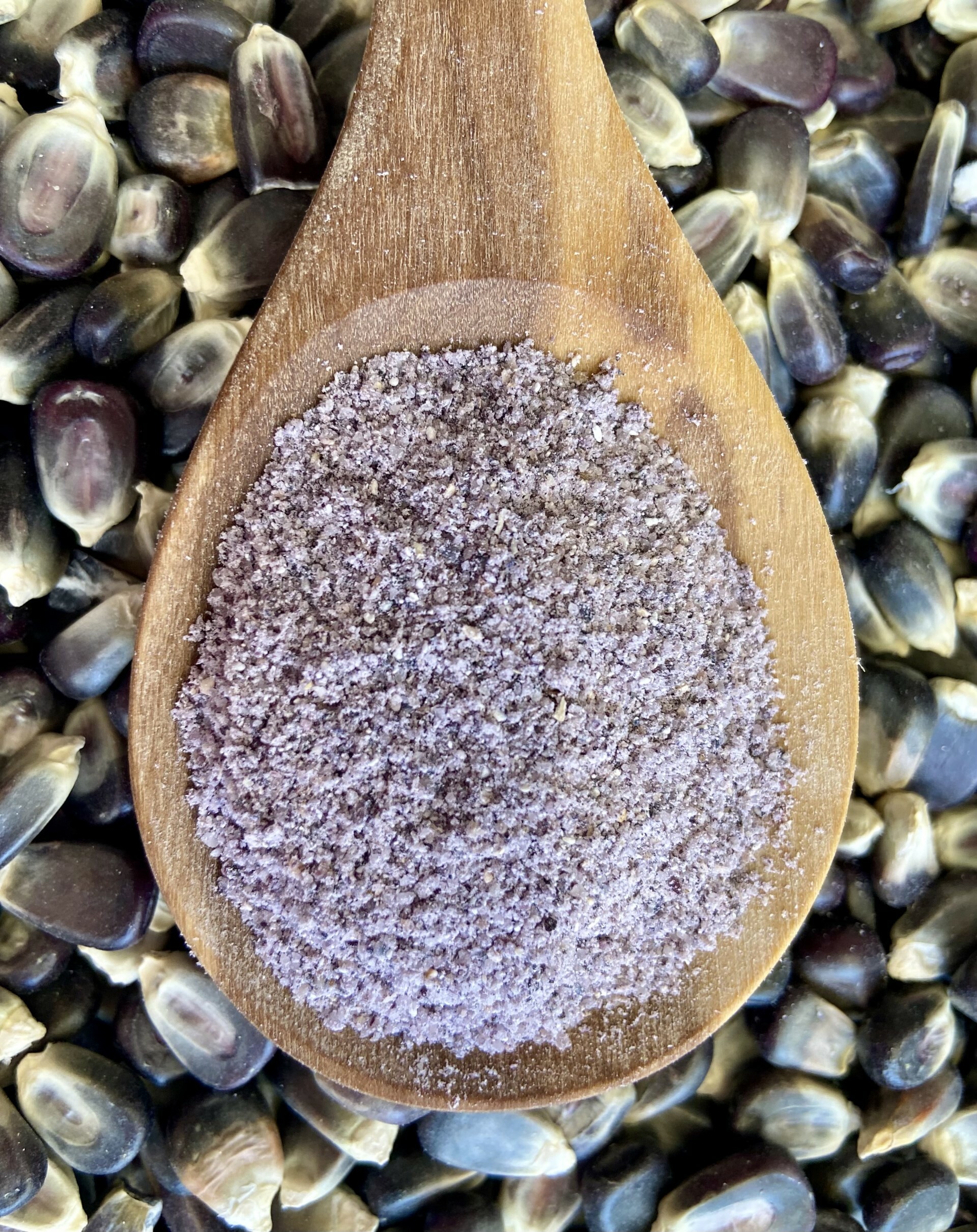
Blue Meal, Non-GMO
Blue corn meal is used in recipes to make pancakes and other unique dishes.
The Corn Kernel Explained
About Our Corn
Food starts with the corn kernel and its four unique parts: the endosperm, pericarp, germ and tip cap. We use those four parts of the corn kernel to make grits, meals, flours, and whole grain corn flours.
Endosperm
The endosperm carries most of the dry weight of the kernel. This part of the kernel contains starch, which is commonly used in food. The endosperm provides the starch necessary to produce sugar molecules for ethanol production. Products that come from this part are grits, meals and flours. Flour is the finest out of all three products made from the endosperm and grits are coarsest.
Germ
The germ is the only living part of the kernel and is the centermost piece. This part stores genetic information, enzymes, vitamins and minerals for the kernel so it can grow when it is on the ear. Twenty-five percent of the germ is oil, making it one of the most valuable parts of the kernel.
Tip cap
This part attaches the kernel to the cob. Water and nutrients flow through here to help the kernel alive.
Whole kernel
We grind the whole corn kernel down to a specific granulation to make our whole grain corn meal.
